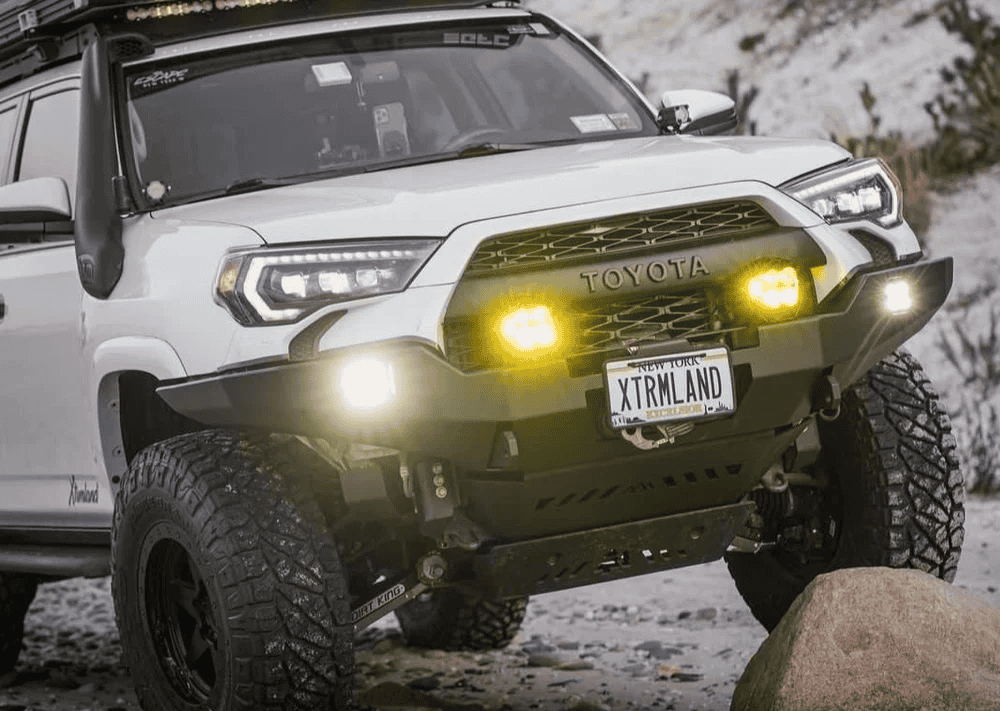Overland Vehicles

An overlanding stove lives in rough conditions, so durability, stability, and control matter more than showroom shine. Look for steady burner output, real simmer control, and wind resistance that keeps a flame steady when the gusts pick up. Wide pot supports and a low center of gravity keep heavy cookware from sliding. Push button ignition is convenient, but always carry matches or a lighter as a backup in cold or wet weather.
Fuel choice shapes performance. Propane works reliably in cold temperatures, especially with refillable cylinders and proper regulators. Butane is convenient for small canisters in mild weather yet falters in the cold. White gas and multi fuel stoves handle altitude and freezing conditions but need priming and attentive maintenance. Induction cooking is another path if your electrical system can support it, delivering fast heat and precise control without open flame.
Safety is part of the spec sheet. Any enclosed cooking demands serious ventilation, a carbon monoxide alarm, and thermal protection around the cook area. Outside the vehicle, keep flame away from dry brush, use a windscreens only where airflow remains safe, and anchor your table to prevent tip overs. Store fuel upright, out of direct sun, and check fittings at every stop.
A camp stove with oven lets you brown crusts, roast vegetables, and bake fresh bread at camp. The magic is consistent temperature, good door seals, and a readable thermometer. Preheat until the thermometer settles, then add a pizza stone or steel to even out hot spots. Rotate trays halfway for balanced browning, and crack the door briefly only when necessary to retain heat.
These ovens sip more fuel than a single burner simmer, so plan capacity accordingly. A small casserole or a batch of biscuits might run twenty to thirty minutes at moderate heat; roasts and lasagnas will need longer. Manage condensation by venting the oven briefly during preheat, and protect nearby surfaces from radiant heat with a reflective mat or tile. For cookware, choose light colored aluminum or enameled steel to help stabilize internal temperatures.
Gear fits best when it stacks and stows clean. Choose compact ovens with fold flat doors or removable racks, and pack a soft cloth between metal parts to prevent rattle. When you settle on a favorite recipe, note time, flame setting, and weather in a small log so you can repeat results across trips.
Fuel systems should be simple, secure, and serviceable. Refillable propane tanks paired with quality regulators, braided hoses, and quick connect fittings make setup fast and tidy. Test for leaks with soapy water after any change. Keep spare gaskets and an extra regulator on hand, along with a camp rated fire extinguisher within arm’s reach.
Ventilation turns a good overlanding stove into a safe one. In a vehicle galley, combine a roof vent or side window airflow with a range hood or powered fan to move heat and moisture out. Install a carbon monoxide alarm at sleeping height and test it monthly. For outdoor cooking, orient your kitchen out of the wind but not against a reflective wall that could trap heat. Outdoor camping ovens benefit from a heat resistant base and a wind shield that still allows fresh air to enter.
Workspace matters. A stable table at a comfortable height reduces spills and hot pot mishaps. Keep a clean side for prep and a dirty side for dish bins. Manage grease in a sealed container and strain food bits from dishwater to follow Leave No Trace principles. In bear country, store all scented items in appropriate containers and cook away from the sleeping area.
Propane offers reliable pressure and strong output in most conditions. Butane shines for light, compact setups in mild weather. Liquid fuel handles extreme cold and altitude but requires more care. Induction, when supported by a robust battery and inverter, delivers fast heating with no flame and low moisture, a smart choice for enclosed galleys.
Wipe burners and grates after each meal to prevent sticky valves and uneven flames. Clear jet ports with the tool provided by the manufacturer, and replace worn O rings before they fail. Keep the oven’s gasket clean and inspect the door latch so heat stays where it should. Pack stoves in padded cases to prevent dented frames and bent pot supports.
Cooking systems work best as part of a complete rig. If you are planning a dedicated galley, explore how integrated storage, ventilation, and power transform daily meals on the trail. See how we design complete overland rigs with real kitchens, secure fuel storage, and proper airflow. For those dialing a purpose built setup, our custom overland upfit process aligns your stove choice with battery capacity, solar input, and cook space layout. Curious about our build quality and handoff experience? Learn more at why choose OZK Customs.
Cook confidently, sleep soundly, and enjoy the kind of meals that make the next day’s miles feel easy. When your kitchen fits your travel style, the stove becomes a trusted tool rather than a compromise. Tell us how you like to cook and where you go, and we will help shape a system that handles wind, weather, and daily use without a fuss.
Ready to cook well in wild places? Tell us how you travel and eat. OZK Customs will spec and build a dialed overland galley with correct ventilation, power, and secure storage. Share your trip goals and we will design the right cooking system inside a purpose built rig.
ADDRESS:
6159 E Huntsville Rd, Fayetteville, AR 72701
PHONE:
(479) 326-9200
EMAIL:
info@ozkvans.com